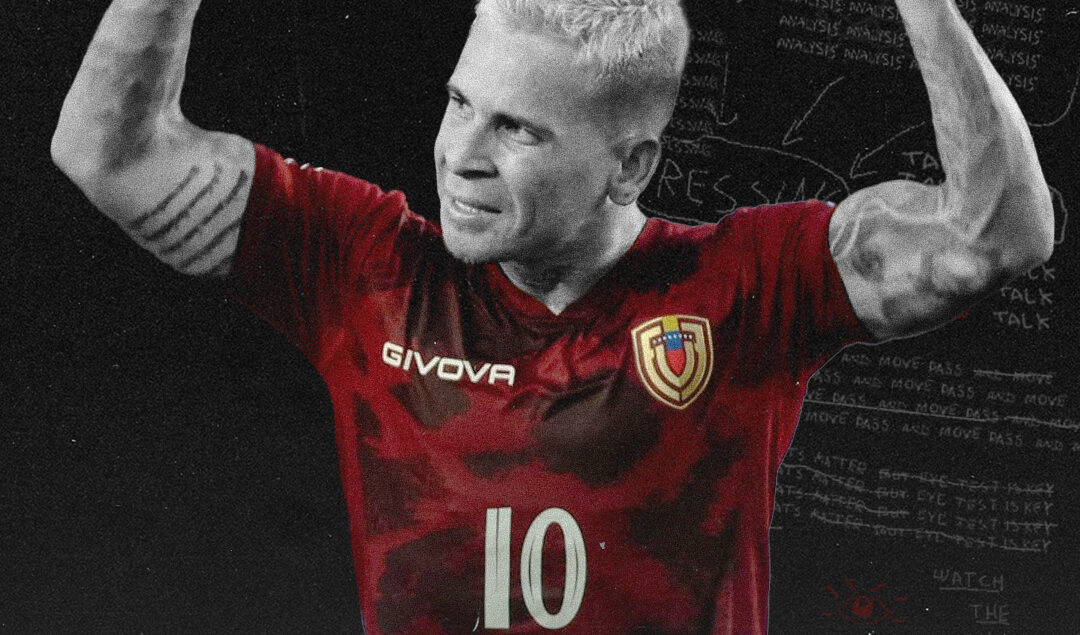Forecasting Greatness: How Statistical Models Predict the Rise of Future NBA Stars
In the age of sports analytics, predicting who will become the next NBA superstar has shifted from gut instinct to data-driven science. Talent evaluators today have more tools than ever to project a young player’s trajectory. From advanced metrics and player tracking data to predictive models fueled by machine learning, the process of identifying future greatness is undergoing a quiet revolution.
Websites that specialize in NBA predictions today are no longer just about game outcomes — they’re helping fans and analysts recognize which players are statistically trending toward stardom. While there will always be room for subjective assessment, statistical modeling offers a more systematic approach to spotting the next big name in basketball.
The Foundations of Predictive Player Modeling
At the heart of predictive analysis is historical data. Analysts begin by identifying key performance indicators (KPIs) that are common among today’s top players when they were prospects. These might include:
- Points per possession
- Usage rate
- Effective field goal percentage (eFG%)
- Assist-to-turnover ratio
- On/off splits
When these metrics are fed into regression models or machine learning algorithms, patterns emerge. For instance, many modern models prioritize shot creation, decision-making efficiency, and defensive versatility as core predictors of long-term success.
Another important input: age-relative performance. A 19-year-old putting up above-average stats in the NCAA or EuroLeague often garners more attention than a 22-year-old doing the same, because younger players have more developmental runway.
Beyond the Box Score: The Rise of Tracking Data
While traditional stats still carry weight, tracking data has become a game-changer in evaluating future NBA stars. Systems like Second Spectrum and SportVU allow analysts to break down every movement on the court — from acceleration and deceleration rates to help-side defensive reactions.
This level of detail makes it possible to assess things like:
- Defensive closeout speed
- Passing vision under pressure
- Movement efficiency off the ball
These are the kinds of subtle traits that scouts often pick up on visually, but now they can be quantified and integrated into prediction models.
Case Studies: When the Numbers Were Right
Statistical projections have already nailed several breakout stars before they became household names.
Take Tyrese Haliburton, for example. Coming out of Iowa State, he wasn’t projected as a top pick by traditional scouting services. But predictive models loved his efficiency, assist-to-turnover ratio, and defensive impact — all signs of a high-floor, high-IQ player. Fast forward to today, and he’s one of the league’s most productive young guards.
Similarly, Jokic’s rise to MVP status wasn’t driven by athleticism or hype, but by elite efficiency metrics and basketball IQ — things that flagged early in his EuroLeague data.
Limitations of Predictive Models
Of course, models aren’t crystal balls. There are plenty of players who look great on paper but fail to translate at the NBA level due to factors like:
- Injuries
- Work ethic and mindset
- Poor team fit or role confusion
- Lack of physical development
Because of this, most top-tier models are probabilistic rather than definitive. They provide a likelihood of success, not a guarantee. Many combine scouting input with statistical output to create a more holistic projection.
The Future of Player Forecasting
As models become more sophisticated, they’re beginning to integrate real-time learning — adjusting projections based on each new game played. This approach, known as Bayesian updating, lets models refine their predictions as more data becomes available, offering an evolving picture of a player’s growth trajectory.
Academic research is also playing a bigger role. For example, a recent study from the MIT Sloan Sports Analytics Conference explored how personality data and off-court habits could be folded into performance models — opening a new frontier for holistic player analysis. Read the study here.
Even fan tools are getting smarter. The availability of public prediction engines that allow users to simulate seasons or individual player growth has made NBA analysis more interactive than ever.
Data doesn’t replace the eye test — it enhances it. While the game will always celebrate the unquantifiable flair of its biggest stars, understanding the science behind their rise helps fans appreciate the sport on a deeper level. With predictive modeling now at the forefront, the next generation of NBA greatness might already be visible — if you know where (and how) to look.
